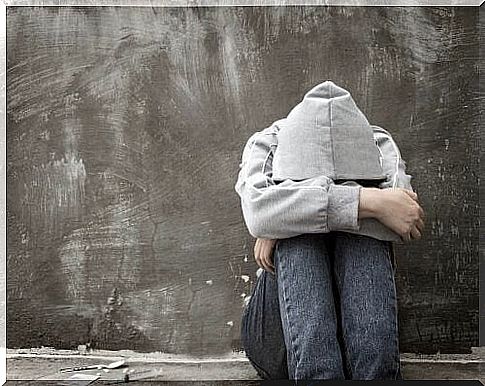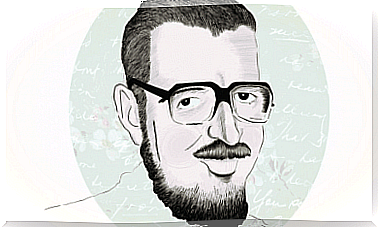The Opiate Epidemic That Ravages Lives In The United States

Since 2012, a drug epidemic has affected the United States, the country with the largest number of opiate users – heroin and its derivatives.
According to a report by the Centers for Disease Control and Prevention (CDC), around 72,000 people died from overdoses of opiates, especially fentanyl and heroin, in 2017. There, drugs cause more deaths than HIV, guns of fire and traffic accidents.
However, US drug policy will adopt a different perspective from the “steady hand” applied decades ago, as this situation does not end. It will move towards a necessary reform of the general framework of drug conventions.
In this way, we work on an approach that, instead of being based on prohibition and criminalization, is based on public health, psychology and human rights. Let’s go deeper.
US Opioid Epidemic: A Different Face From 20 Years Ago
The American war on drugs never ceased to exist, it only changed with the passage of time and a change of context.
When crack began to sweep the United States, starting in 1984, the epidemic was mainly concentrated in poor urban areas, with predominantly black and Latino populations.
At that time, the response of the authorities was based on the “zero tolerance” policy. Severe prison sentences were applied to all drug-related offenses, even without violence.

On the other hand, although heroin use has increased across all demographic groups, the current opiate epidemic occurs mainly among middle- and upper-class whites.
In addition, the consumption of the analgesic Fentanyl has also increased, because it is cheaper and easier to transport, as it is created in the laboratory. However, it is much more toxic than morphine and more potent than heroin.
Opiates as anesthetics for physical and emotional pain
One of the causes of this opiate epidemic is related to the misuse of prescription opiates such as oxycodone and other pain relievers. Three out of four heroin users started taking prescription opioids as pain relievers.
Several states have sued pharmaceutical companies for allegedly encouraging the consumption of this type of drug, in addition to influencing doctors. However, the fact is that health professionals are increasingly reluctant to prescribe this type of medication.
Thus, while six years ago 80% of deaths from overdose were due to prescription of opioid drugs, almost half of deaths today are due to heroin and fentanyl.
On the other hand, there are more than two million people dependent on this type of substance. Donald Trump, US President, declared the opiate crisis a public health emergency in October 2017.
Heroin in the US: devastating effects across the country
Obama has also struggled with overdosing on painkillers during his years as president. To do this, he asked for a reduction in prescribed opioids, but addicts turned to Mexican heroin.
In West Virginia, about 780 million pain relievers were sold between 2007 and 2012. That’s 421 pills per person, according to a survey by the United States Drug Enforcement Agency (DEA). Large pharmaceutical companies, for their part, refute these accusations.
In other states, such as Maryland, special funds, normally set aside for natural disasters, have been unlocked. In Kentucky, there are rescue workers, police and even ordinary citizens to fight overdoses.
In this state, if a job is offered but a drug test is requested, many of the potential candidates end up not applying.
As we see, the consequences of the opiate epidemic for American society are dramatic.

Changing perspective in addressing the opiate epidemic
Following the 1990s battle against tobacco companies, several states sued some pharmaceutical companies, as we discussed earlier.
This new demographic profile had a positive result, since the parents and families of drug users are much more involved and prepared. So, somehow, it was possible for the authorities to respond with an attitude of greater understanding about the situation.
In addition, 15% of the budget to combat the problem would be allocated to “harm reduction”. This facilitates access to clean syringes and Naloxone, the drug that can save the lives of people suffering from an overdose.
In short, the extent of the problem of opioid use and abuse led to the elimination of the stigma so brutal and painful that existed on this type of user. However, there is still a long way to go in relation to this problem.








